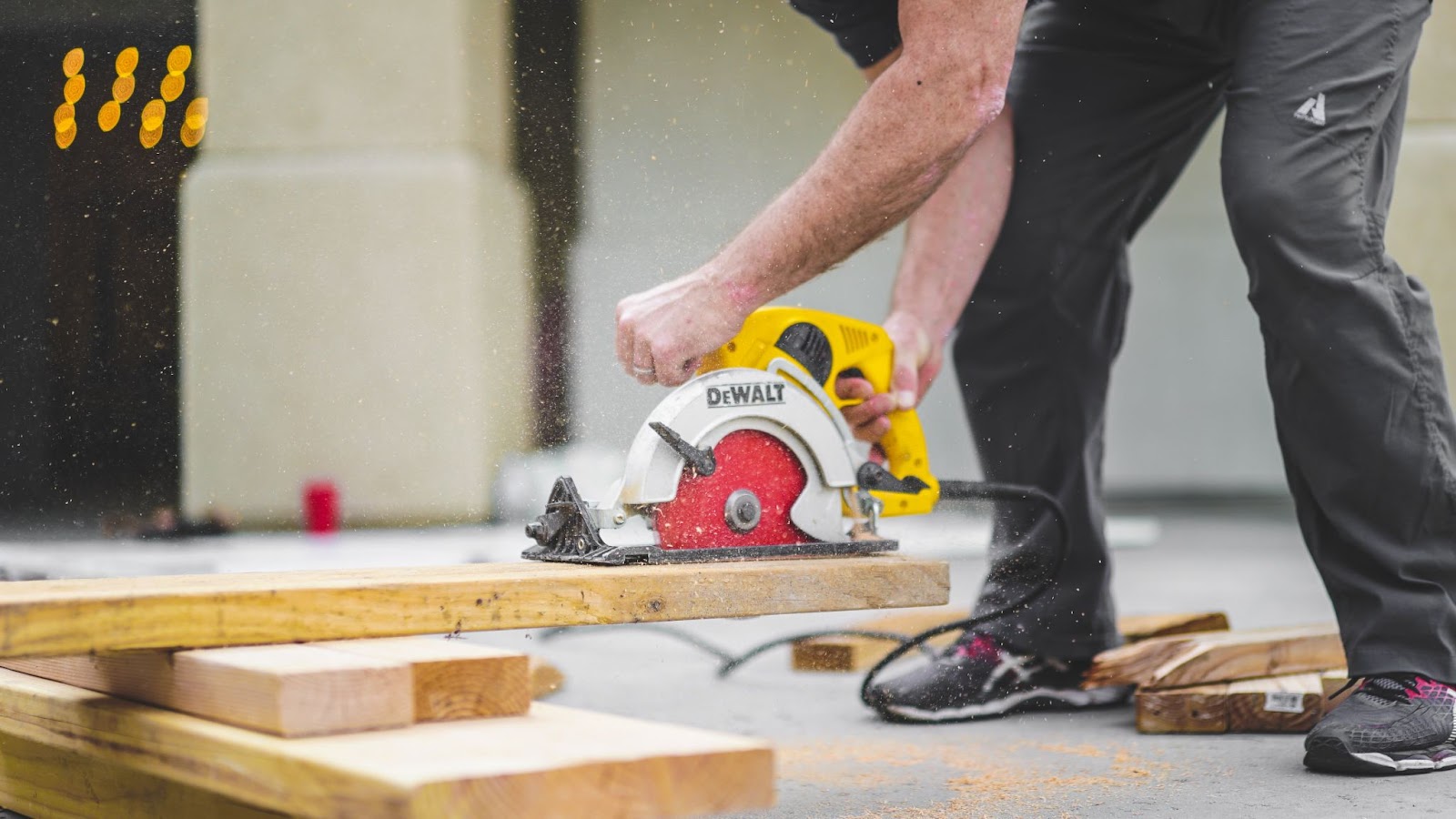Remodeling your kitchen is not only a chance to redesign one of the most used rooms in your home but also a chance to re-imagine your own personal style.
While working with a professional designer is the best way to learn more about the best materials and products for your kitchen, ultimately, this kitchen will be for you and your loved ones so you should have at least a basic understanding of kitchen design. Even with the help of professional designers, trying to visualize how each piece fits together, in reality, can be a tricky task.
The main focal point of any kitchen is the cabinets, countertops and accessories. Ensuring that these three focal points work well with each other and do not clash with each other is crucial.
For this reason, keeping the themes and designs simple is often best as you avoid falling foul of the ever-changing trends that some over-eager kitchen designers may jump on. This is also important as the kitchen sees so much daily use that it must look good every day of the year, no matter what season or holiday.
Keeping them simple will also save you time and money in the long run and will keep your kitchen nice and flexible depending on how you want to decorate it throughout different times of the year.
Now, here are the 3 easy steps you should bear in mind when picking between the different samples you are shown.
Step 1 – Decide on your color palette
This is often one of the earliest decisions made during the kitchen remodeling process but is immensely important. Look at some show kitchens, sleep on it, discuss it with some people you trust, and sleep on it again.
Design experts usually recommend selecting one main color as well as two complimentary accent colors. Let us look at the example below.
This kitchen uses white cabinets and countertops as its main focal points but then uses browns and blacks on the floor and accessories. By sticking to a predetermined pallet, the kitchen designer was able to create a sleek, well-presented modern kitchen. This is much more desirable and visually pleasing than an over-cluttered and thematically confused kitchen.
Step 2 – Select your countertop material first
Now, with your selected palette, you should now turn your attention to the countertop and cabinets. The material of your kitchen work surfaces should take into consideration your lifestyle. The best way to illustrate this point is to compare two of the most common countertop materials; granite and quartz.
Granite work surfaces are great value for money as they can last for decades and do not depreciate. They are also very hygienic and very easy to clean but also have their drawbacks. If damaged, they are essentially impossible to repair properly. As well as this, granite is a porous material so the countertops will have to be resealed at least every two years, creating a recurring cost.
Quartz however is non-porous so once installed, will never have to be resealed. It is also a very versatile material which can be customized greatly in terms of colors and textures. Quartz however can struggle when exposed to too much heat and is a more expensive material upfront. However, this higher price does come with the benefit of never having to reseal the countertops.
These are only two of the many potential options for your kitchen work surfaces. Ceramic, Corian, wood and stainless steel are all also commonly used but also all come with their own unique positive and negative attributes.
We advise you to choose your countertop material first as your work surface will have unique color variations and patterns. It is much easier and produces much better results when you try and match your cabinets to your work surfaces rather than the other way around.
Once you have the kitchen countertop and cabinets selected, you will begin to develop a strong mental visualization of exactly how you want the kitchen to look when you are finished. Picking these two elements first allows you to decide between other options for the accessories much easier.
Step 3 – Choosing complimentary accessories and decorations
In terms of accessories, don’t be afraid to experiment with more bold colors than you would have considered for the previous steps. Bright, bold, and contrasting colors work great for feature walls, decorative pieces and even smaller kitchen appliances such as kettles or toasters.
In the example above, the creamy cabinets, grey work surfaces and white walls are complemented well by a selection of mostly red accessories. These include appliances such as the kettle but also purely decorative items such as the lamp shade. Contrast and depth is further provided by the addition of other colors on the painting on the wall and the long rug.
A benefit of following these steps is that if you desire to freshen up your kitchen again in the future, a big difference could be achieved by simply changing a few of the accessories.
Inspired by our expertise in all things cabinets? Check out our full range of stylish cabinetry here and our full range of cabinetry here.


